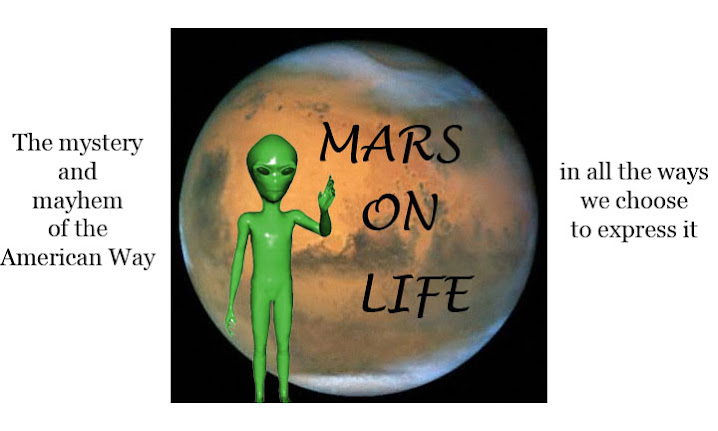
Michael Kors began his career at a propitious time for American fashion. In 1981, the druggy symbiosis between designers and celebrity culture was over. In its place was the healthy aesthetic of Ralph Lauren, a designer who celebrated the American woman by not placing her on the brink of scandal. Lauren gave American fashion a renewed etiquette and reclaimed it from the borderline vulgarity of the disco era.
Twenty years earlier, American fashion was a nearly featureless landscape. What would become signature American style had its roots in the outfits Oleg Cassini designed for Jackie Kennedy. Cassini cut his dresses as simply as possible, allowing the First Lady's beauty and gentility to speak for themselves. Although a European by birth, Cassini smartly avoided overt reference to the Parisian houses that either favored distortion or carried with them a sort of existential ballast. American style as seen through the Cassini prism celebrated the art of tasteful, streamlined living.
Lauren's Connecticut plaids and high-collared blouses were the direct ancestors of Cassini's earlier work and the consumer responded enthusiastically. The class that had been disenfranchised by the disco era was back.
Michael Kors is heir to that legacy of discretion. Unlike Lauren, whose rugged good looks propelled many ad campaigns, the less photogenic Kors would spend two decades in the background.
And then came Project Runway. The popular reality show revealed Kors to have a slightly cumbrous personality and a fondness for the tanning booth. He rejected garments that reminded him of mothers of the bride. His ability to provide effective critique was often overshadowed by idiom; his detractors lampooned him when, mirabile dictu, he twice lauded contestants' garments by exclaiming, "That crotch is insane!"
Recently, he announced that he didn't think straight men could design for women.
So Kors is a bit of a bumbler when it comes to shaping a public image, but his designs continue to advance American style even as they look to the '60s for inspiration.
Kors has a widely recognized love of classic Hollywood that often appears in his work. For Fall 2008, he engaged a famously cool heroine, the arctic blonde.
If you buy into Hitchcockian myth, arctic blondes are fascinating, dichotomous creatures whose surface sterility conceals a wanton interior nature. So widely disseminated is this character that Kors could easily have turned her into caricature.
Dressing a stereotype creates a special problem set. Narrow-mindedness would cause the designs to look like costumes, even as the costumes they reference were themselves referencing the rigid dress code of the Philadelphia Main Line. Then there's the problem of models: They just don't build 'em like Grace Kelley any more. Should the collection then be transformative or does one take it as a fond, retro citation? The answer seems to lie in whether the collection has a natural motif that can be delicately advanced.
One thing is clear: Kors is steeped in this character's developmental phases. First seen as a bookish graduate in sweaters and slim skirts (with horn-rimmed glasses), she later acquires the extensive and liberated ward
 robe of Helen Gurley Brown's original Cosmo girl. Her newfound skill in mixing purple with green gives her the confidence she needs to move from secretary to matrimonial partner. She also moves beyond her grandmother's vintage stole and allows a junior partner to buy her a swanky, gray mink capelet.
robe of Helen Gurley Brown's original Cosmo girl. Her newfound skill in mixing purple with green gives her the confidence she needs to move from secretary to matrimonial partner. She also moves beyond her grandmother's vintage stole and allows a junior partner to buy her a swanky, gray mink capelet.Her mother does not approve of this gift.
After she marries a stockbroker and moves back to the Main Line, she becomes a modest yet successful hostess attired in a chaste evening gown whose gray color and full, hostess-pajama skirt evoke Mamie Eisenhower when it is likely supposed to recall her chicer successor.
There were only two missteps, one more serious than the other. There were no insane crotches. Television has a way of building expectation even as it inevitably disappoints. For those who were able to live with unremarkable crotches on slim capris, Kors rewarded us with an over-televised find: Britney Spears' castoff fedoras.








